Director: Liam O’Donnell
Producer: Brothers Strause
Cast: Frank Grillo, Bojana Novakovic, Callan Mulvey, Iko Uwais, Yayan Ruhian, Lindsey Morgan, Betty Gabriel, Antonio Fargas, Samantha Jean
Running Time: 105 min.
By Z Ravas
The idea of producing a sequel to Skyline was initially met with a healthy amount of skepticism, and perhaps for good reason. Despite a drubbing from the critics, the original film proved a financial success way back in 2010 – but that box office profit had more to do with its modest budget of $10 million rather than any goodwill it generated among science-fiction fans. The Los Angeles-set alien invasion thriller was primarily designed as a way for directors the Brothers Strause to display their uncanny knack for stretching a dollar to deliver digital spectacle on the cheap; an ability they’d honed over the years working in the FX business and helming movies like (the universally panned) Alien vs. Predator: Requiem. Perhaps unsurprisingly, the siblings were almost solely concerned with Skyline‘s visuals, as screenwriter Liam O’Donnell has candidly stated in more recent interviews – claiming the duo were unconcerned with tossing out crucial pages of the script if it meant they could save some cash or get to the next plot point a little faster, much to Liam’s chagrin.
Now, almost a decade later, Beyond Skyline represents Liam O’Donnell’s chance to slide into the director’s chair (the Strause Brothers remain onboard as producers) and prove he can deliver a coherent and entertaining science-fiction film when allowed creative control, potentially remedying the inconsistencies of the original Skyline in the process. Granted, on its own a sequel to Skyline wouldn’t typically be the cause for much internet buzz – the movie maintains a 4.4 average user rating on IMDB – but martial arts buffs sure paid attention after the surprise announcement in November 2014 that Iko Uwais and Yayan Ruhian had been cast in one of their first English-language productions since achieving international stardom with 2012’s The Raid and 2014’s The Raid 2. Sure, some of that initial excitement may have diminished slightly considering that in the two years we’ve been waiting for Beyond Skyline see a release (filming was completed in May of 2015), the Indonesian martial arts duo made a cameo in Star Wars: The Force Awakens, and Uwais himself headlined the Mo Brothers’ Headshot. But there’s no denying that, even in 2018, Beyond Skyline still represents the action icons’ biggest starring roles in an English-language movie.
Before anyone gets the idea that Beyond Skyline is Iko Uwais’ debut Hollywood vehicle a la Jackie Chan in The Protector, it must be said that the lead of the film is definitively Frank Grillo. Grillo is an actor who has spent the last several years building his genre movie cred, appearing as the villainous Crossbones in Marvel Studios’ Captain America movies, serving as the face of Blumhouse’s surprisingly popular Purge flicks, and more recently headlining the excellent Netflix crime thriller The Wheelman. You might think that an alien invasion film would be outside of the tough guy actor’s usual repertoire, but the opening of Beyond Skyline finds Grillo in a comfortable mode: playing a gruff, no nonsense L.A. cop saddled with a rebellious teenage son (who looks way too old to portray a teenager). Before you’re worried that this sequel is about to turn into a rehash of the dysfunctional father/son dynamic at the heart of A Good Day to Die Hard, an eerie blue light signals the arrival of the very same spaceships we saw in the original Skyline. Yes, this is one of those sequels that takes place contemporaneously with its prequel, sort of like Bourne Legacy and Bourne Ultimatum.
As hundreds of Los Angeles citizens are vacuumed off the street and into the hovering alien mothership above, Beyond Skyline quickly shifts into disaster movie mode – and rarely takes its foot off the gas. At 105 minutes, Beyond Skyline could have likely shaved off fifteen of those and been one of the most fleet-footed and fast-paced Direct to Video movies of all time, but as it stands the film is still entirely about one thing: action. Whether it’s Frank Grillo’s detective partner striding toward a giant, Cthulhu-like alien warrior and calling it a “puta” while cocking his shotgun, or Grillo swinging on cables through the massive interior of a spaceship in a desperate attempt to save his son from being lobotomized by alien forces, Beyond Skyline rarely pauses for the viewer to collect their breath before hurtling them towards the next setpiece. Beyond Skyline reportedly cost an extra $5 million compared to the original, and writer/director Liam O’Donnell has certainly inherited the Strause Brothers’ knack for visual bombast on a dime store budget. Two decades ago, this is the type of movie that would have cost $100 million and been backed by one of the major studios. It’s remarkable – and kind of charming – that in 2018 a movie featuring this level of planetary destruction and this many special FX shots can feel almost…indie.
If you’re wondering just how in the world the script plans to introduce Iko Uwais into this whole mess, fear not: those alien spaceships can travel great distances in a short amount of time, and one of them quite handily crash-lands in Laos, where Iko Uwais and company are fighting a war on two fronts: one against the alien invaders, and another against the local militia, who are taking advantage of the chaos to loot and plunder civilians. Grillo and his own ragtag group of Los Angeles transplants eventually join forces with Uwais, realizing that if they want to survive they’ll have to make a final stand against the interplanetary menace. This is where the movie’s pace temporarily starts to drag, as Iko Uwais offers a guided tour of the underground bunker his tiny army has been utilizing in their fight; and it must be said that, up to this point in its runtime, the movie has not featured much in the way of the high-contact Silat you’d expecting from two fierce onscreen fighters like Iko Uwais and Yayan Ruhian. You might be starting to wonder if the the film has cast these two gentlemen not to take advantage of their talents but merely as a way to attract a built-in audience of martial arts fans.
Well, banish the thought: the final act of Beyond Skyline delivers the action in a big, bad way. I never knew I wanted to see Indonesian martial arts used on 8 foot-tall alien supersoldiers, but this film has shown me I was living in ignorance. It’s a pleasure to watch Iko Uwais and Yayan Ruhian backed into a corner by the ugly creatures and respond in the way they know best – by punching, kicking, and absolutely-fileting-with-knives. Be advised, this movie does not shy from taking advantage of its “R” rating! I could talk about the almost kaiju-like battles that take place during the climax, and a major plot twist that arrives just before the credits roll, but the less you know about all that, the better. Half the fun of Beyond Skyline is being continually surprised by the next outrageous, face-melting visual or action beat that director Liam O’Donnell throws your way.
At times, Beyond Skyline feels like the mad fever dream of a teenage boy who’s just watched Alien, read the collected works of H.P. Lovecraft, and binged a martial arts-influenced anime like Guyver, all while riding the sugar high of a 7-11 slurpee. I’ve never seen a movie quite like it, and something tells me I never will again – unless the producers greenlight a sequel. I’ve got my fingers crossed that happens. Fortunately, the film’s post-credits gag reel (yeah, it’s even got one of those!) displays a blooming friendship between Frank Grillo and Iko Uwais, as Grillo makes the promise that the two of them will work together again soon. My response? Take my money, guys!
Z Ravas’ Rating: 8/10

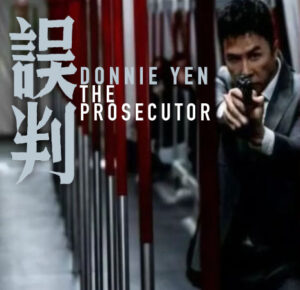
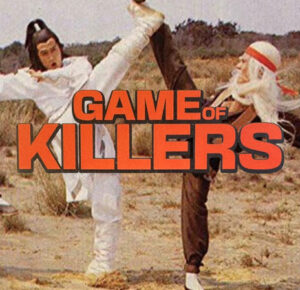
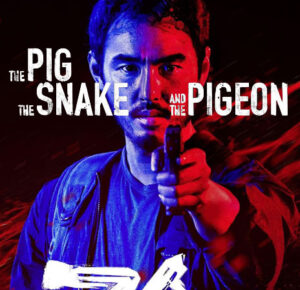






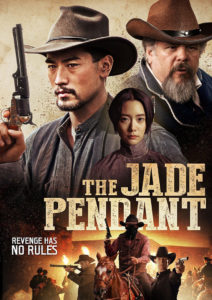
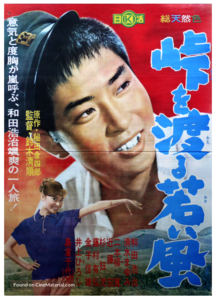



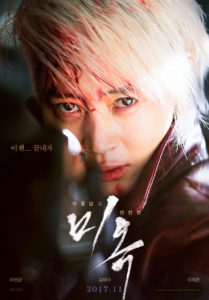

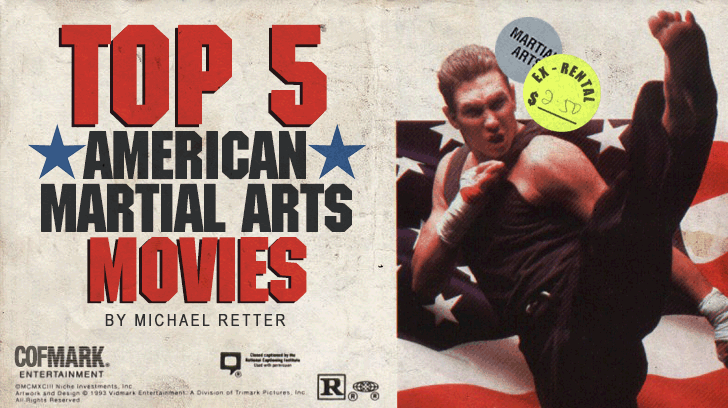

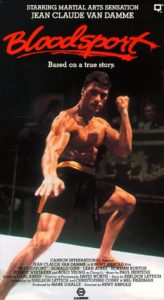
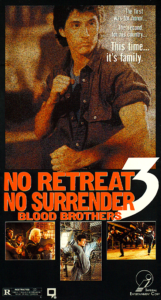
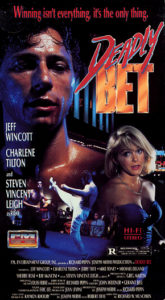
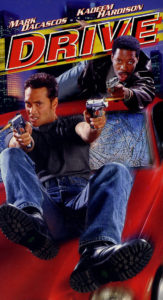
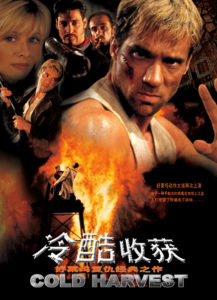
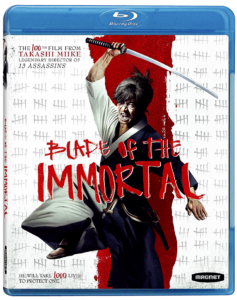


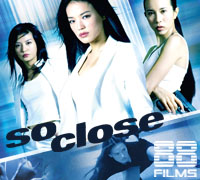
8 Comments